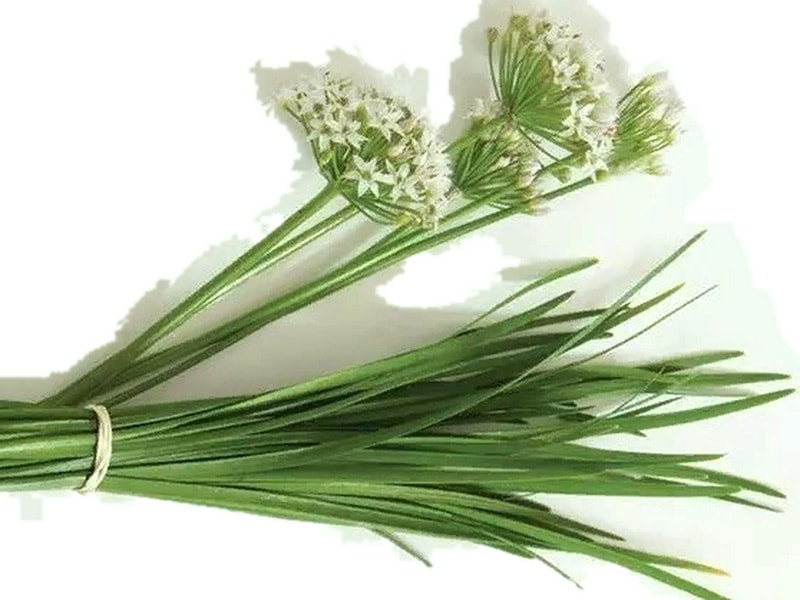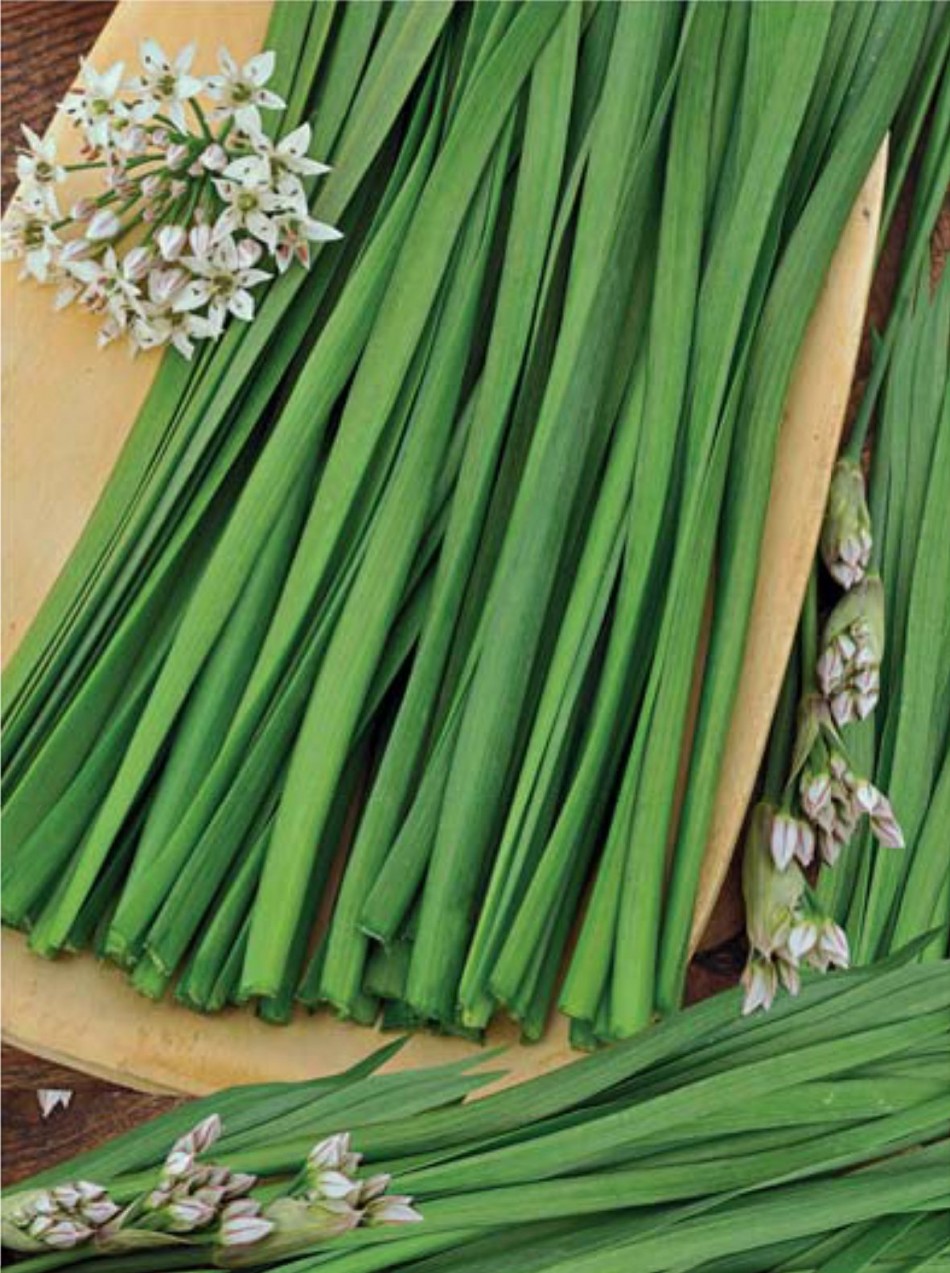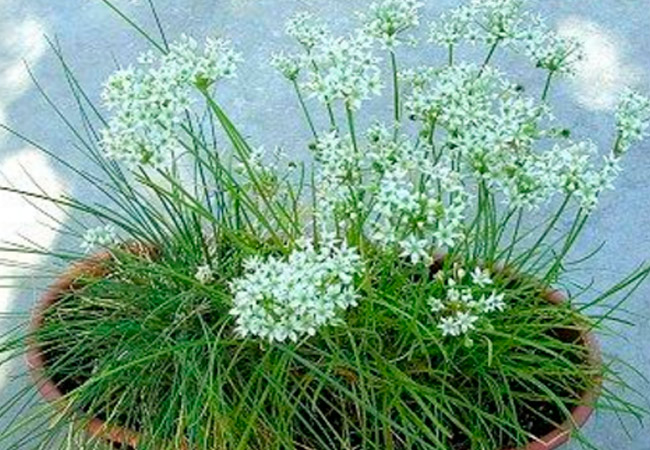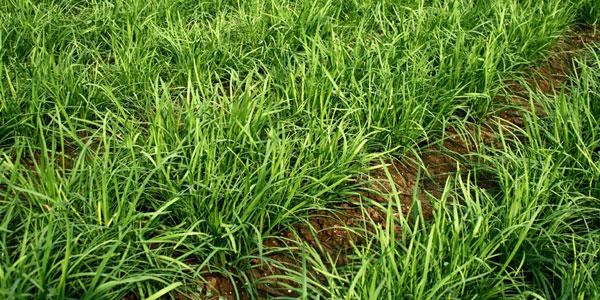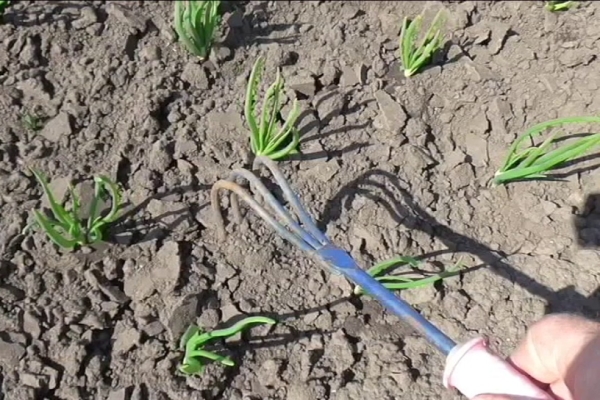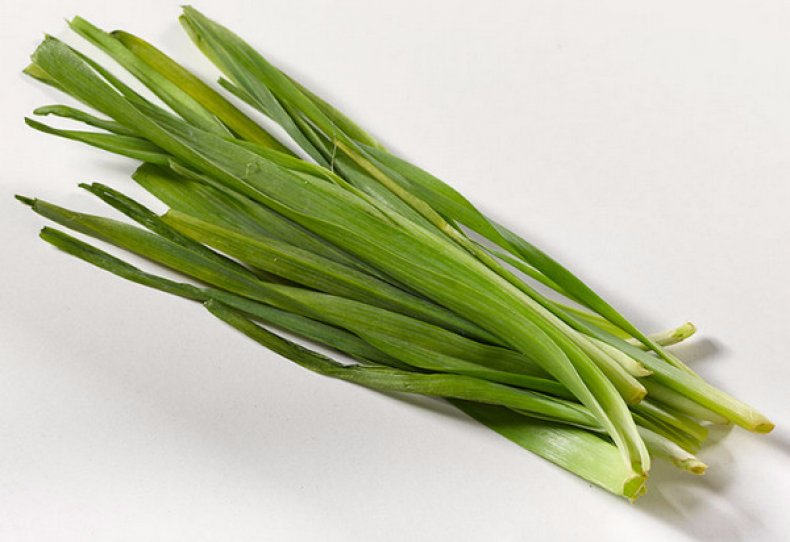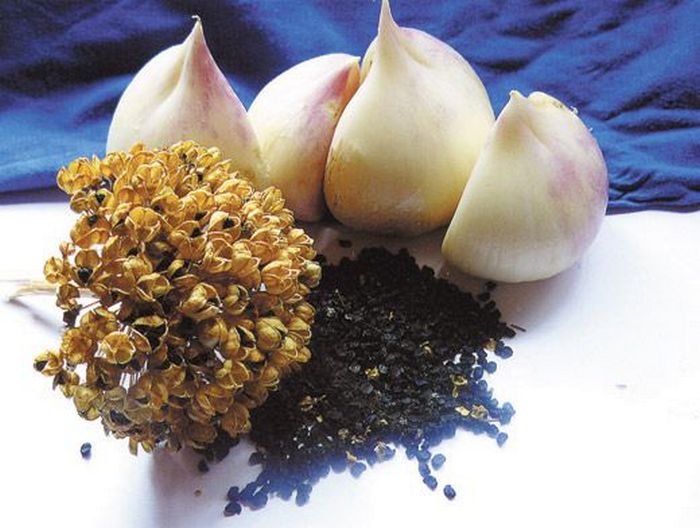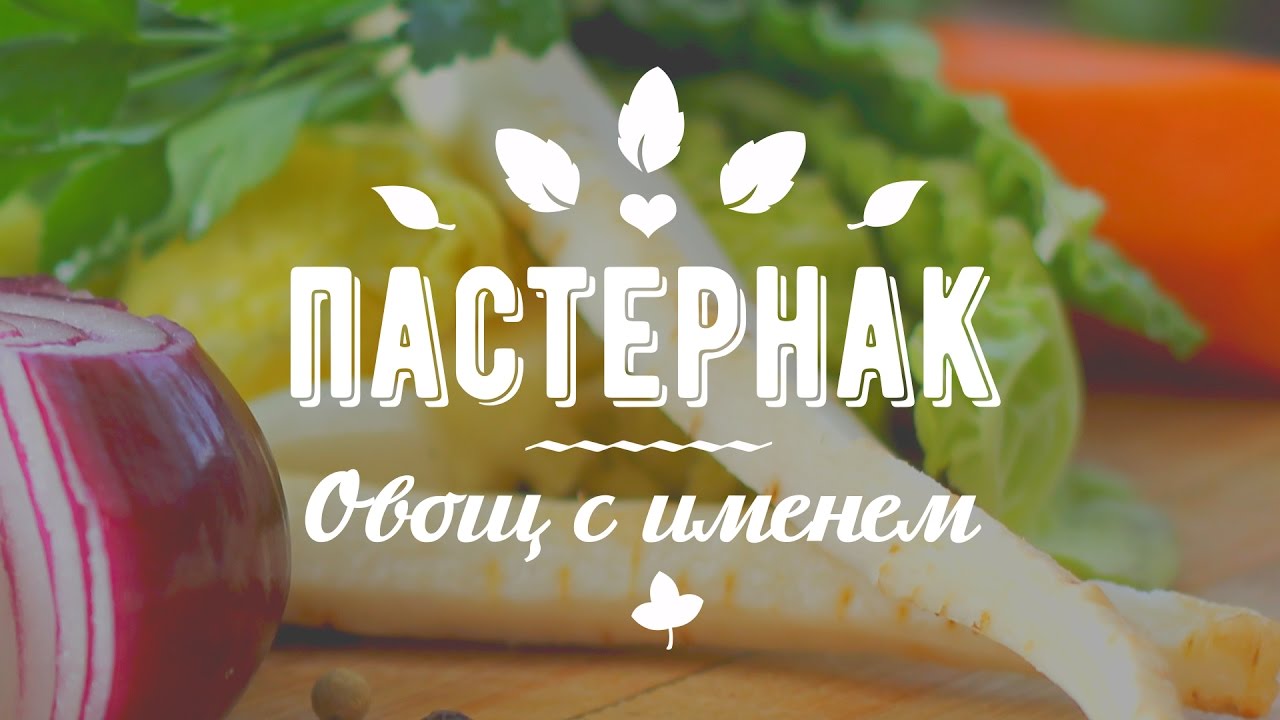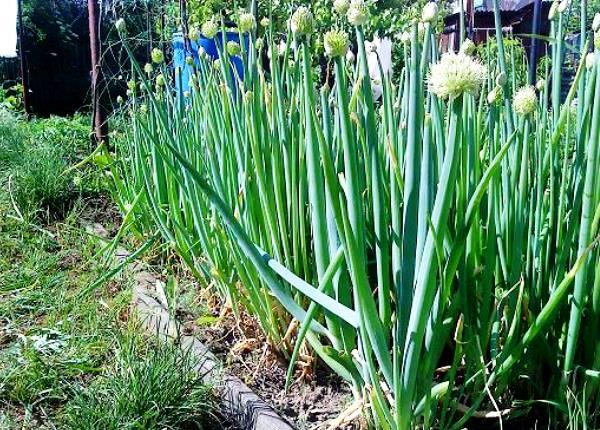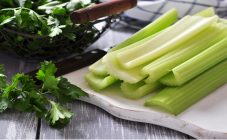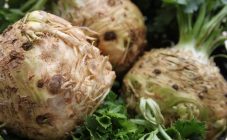Content:
Gardeners call this spicy plant differently: wild and Chinese garlic, aromatic, branched and fragrant. Officially, the culture is called the Dzhusai onion. In some sources, when mentioning this plant, the first letter is sometimes lost, and "zhusai" is obtained (although we are talking about the same spice).
What is Jusai onion
The bulbous culture came to domestic beds from the East, where it is an excellent alternative to our feathery green vegetable. Not only China is famous for the use of unusual onions - it is appreciated in Mongolia, India and other southeastern countries. In order not to confuse the plant with other greens, you should carefully study the description of Dzhusai.
Mountain garlic is nothing more than a perennial herb with a pleasant spicy smell. With its elongated stem without a pronounced bulb, Jusai has an outward resemblance to leeks. Although in a number of varieties, you can still find large egg-shaped onions.
Instead of feathers, the leaves of the plant are flat, straight and long. The crown of the seed arrows is crowned with small white flowers collected in balloon-shaped umbrellas. In some varieties, the inflorescences exude a piquant appetizing aroma, while others have pronounced garlic notes.
Popular varieties of Jusay
| Name | Short description |
|---|---|
| A priori | A fragrant variety of medium ripeness. The first rich greens are produced in the second half of May. Branched bush, many-leaved (up to 10 feathers). It is valued for its high content of ascorbic acid (up to 95% / mg) |
| Fragrant | The name speaks for itself - it is a very fragrant Jusai. A fairly early variety, giving at least 3 cuts per season. From 1 square meter, you can get up to 5 kg of products |
| Caprice | A fragrant branchy bush (about 8 feathers on the shoot), growing up to 0.5 m in height. Spicy leaves are juicy and meaty. Refers to varieties of medium vegetation |
| Spicy | An excellent salad sample, which has a pleasant delicate taste of feathers that lasts throughout the season. This variety is a priority for gardeners for its high frost resistance. |
The unpretentiousness of the plant has already been appreciated by summer residents, and they began to actively grow allspice or Chinese garlic in garden plots. Even a multi-storey building is not a hindrance - Jusai is ready to decorate a balcony or a window. At the same time, home plantings are no worse than those found in open garden beds.
Growing conditions
One of the features of allspice garlic is its complete indifference to the soil on which it is to grow. It is also unpretentious to light, therefore it develops well in the shade. The same applies to humidity - Dzhusay is able to develop in natural conditions.
Reproduction of culture
The perennial onion bush is easily propagated by division. For planting, plants are needed at least 3 years of age so that many bulbs can form on them. Dividing the plant into parts, they are planted in separate holes, pre-moistened. The distance between young bushes is about 30 cm.
If the onion bushes on the site are still young (or completely absent), and you want to get an extensive plantation, it is better to use the seed method of propagation. Fortunately, faded umbrellas provide a lot of planting material.
Sowing with seeds
If the location of the wild garlic Dzhusay is a windowsill, the seeds can be sown at any time of the year. As for the beds, it all depends on the method: seedling or not.
If you sow directly into open ground, then this should be done in early spring - the culture is not afraid of frost, and the first shoots will already appear as soon as the air warms up to +2 degrees. In the prepared area, grooves are made no deeper than 2 cm, the seed is moistened and evenly distributed. In summer, you can enjoy young onion feathers.
Growing seedlings
The seedless method is not entirely acceptable, as it gives poor germination. Therefore, it is better to prepare the sprouts in indoor or greenhouse conditions by sowing seeds in a seedling box in the summer in order to plant them in a garden in September. And in the spring of next year it will be possible to harvest a bountiful harvest.
This work is preceded by the preparation of seeds. They are soaked for 2 days, flooded with water of 40-degree temperature. In the seedling box, you can thicken the planting, and then, when there are 2 normal leaves on the sprouts, thinning.
To grow seedlings, it will take 2 months, during which they carry out constant care for the sprouts:
- make sure that the seedlings have enough light;
- watering is not necessary often so that the bulb grows, and not the feathers;
- it is recommended to maintain a moderate indoor temperature and frequent ventilation.
Further planting of seedlings in the beds requires adherence to the scheme: 20 cm between shoots, 30 cm between rows. Seedlings are buried in moistened holes, while the earth is not crushed. When all the shoots are planted, the garden is watered again abundantly.
Culture care
Fragrant onions need constant care, then it will develop more actively. The first stage of agricultural technology is thinning the beds as the bushes grow.
Weeding and loosening
This is an important point in the cultivation of Jusai onions. Weeds take away some of the nutrients and moisture on themselves, preventing the plant from fully developing. This will ultimately provoke fungal diseases.
In parallel with weeding, the soil is loosened. The purpose of this procedure is to optimize air exchange, allowing the bulb to breathe fully.
Watering
In the year of planting, you should not concentrate on watering - they should be rare, as needed. This will allow the bushes to root better. And already from the second year, at least 10 water procedures will be needed throughout the season. Moreover, for each square meter of the plantation, 30-50 liters of water are needed at a time.
Top dressing
Fertilize branchy onions with the first shoots, scattering urea (1 tsp / m2) on the beds, which is watered with warm water. In parallel, the sprouts are sprayed with a solution of "Epina Extra". After 2 weeks, another treatment of plants is carried out, but with Ferovit, which improves the process of photosynthesis. In the second year (and subsequent) in the spring, use a solution of chicken droppings in a ratio of 1:12.
How to harvest
What time is harvesting done? They begin to take a fragrant onion for food from the second season, making 3-4 visits. Only feathers that have reached 25 cm in length are taken. The first cut falls on July, the last one should end 2 months before the stable cold weather (somewhere in the middle of August).
After that, it is better not to touch the bushes so that they have time to gain strength for the winter. Before covering the onion, all remaining leaves are completely cut off. Each leaf trimming requires subsequent feeding with mineral water, alternating with organic matter.
Harvesting with a bulb is also carried out in private gardening, when the time comes for relocating the mother bush. This procedure is carried out in the fall, when green onions are most in demand. The vacated bed is prepared for planting other plants in the next season.
The main bulbous bush is removed from the garden carefully, along with the ground. The feathers are not completely cut off - a third of the greenery should remain on the mother liquor. The cut tops are used for food, and the onion is sent to the cellar for storage at a temperature of 0-2 degrees.
Beneficial features
Jusai is not only a nutritious herb that is actively used in cooking. Perennial onions are useful - in the East, they are included in the recipes of folk healers. Especially a lot of ascorbic acid in its composition: in leaves - up to 45% / mg, in umbrella-balls - almost 100% / mg.
There are many trace elements and vitamins in all parts of the plant, therefore, healing potions are made from Jusai in Tibet.
Branched onion is recommended for colds and other diseases of the respiratory tract. Spices have choleretic, diuretic and hematopoietic properties. Onion juice relieves inflammation from insect bites and nettle burns.
Contraindications
Jusai is not suitable for everyone. First of all, you should take into account the individual sensitivity to spicy plants. It is also worth giving up the use of this garden greens for those who have problems with the gastrointestinal tract, there are diseases such as cholelithiasis, cholecystitis, pancreatitis.
